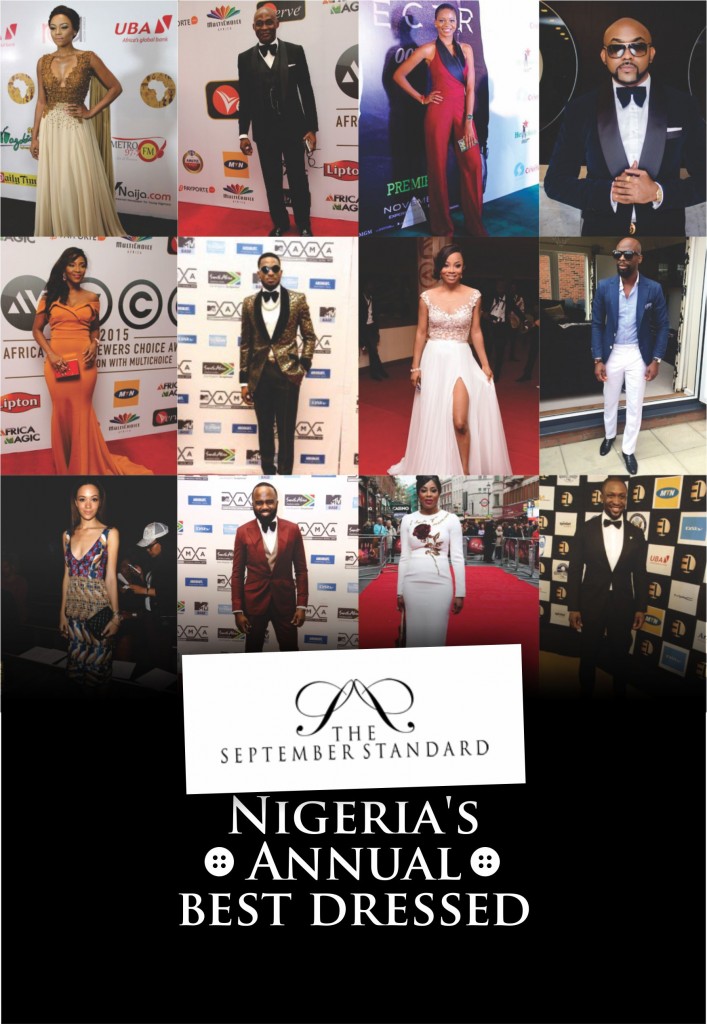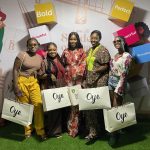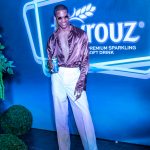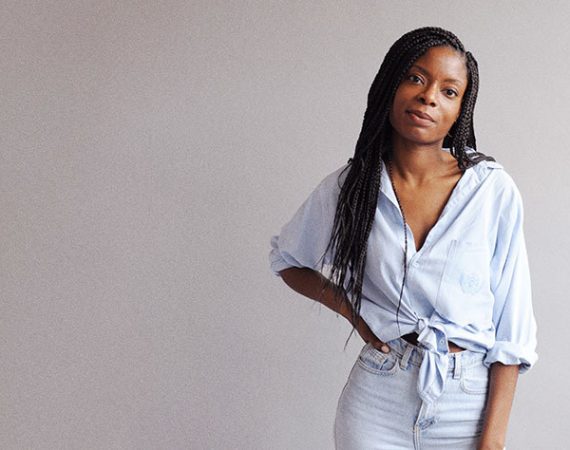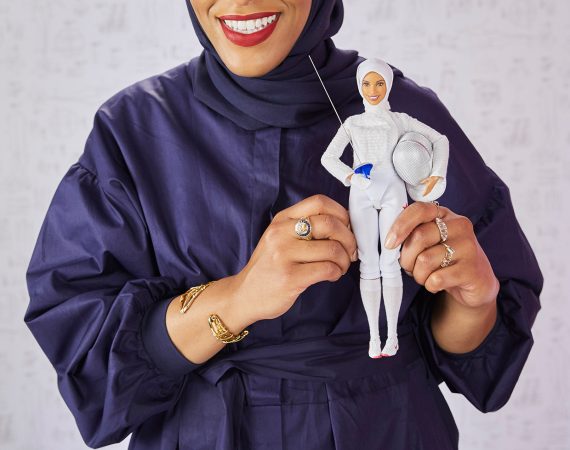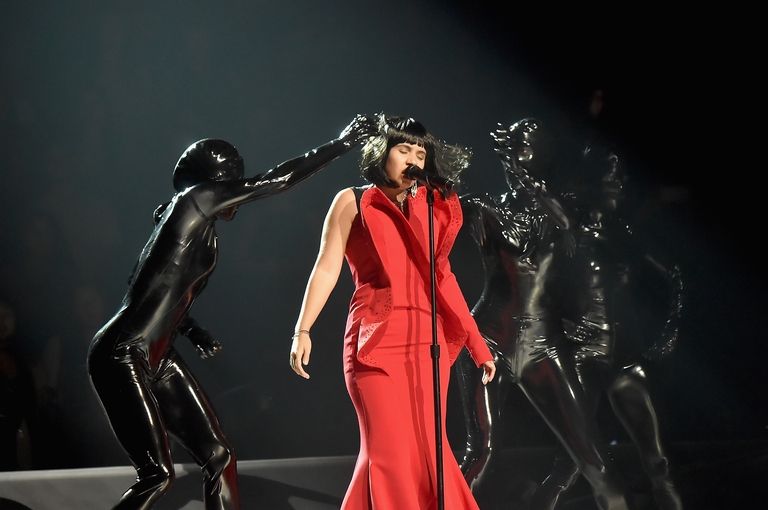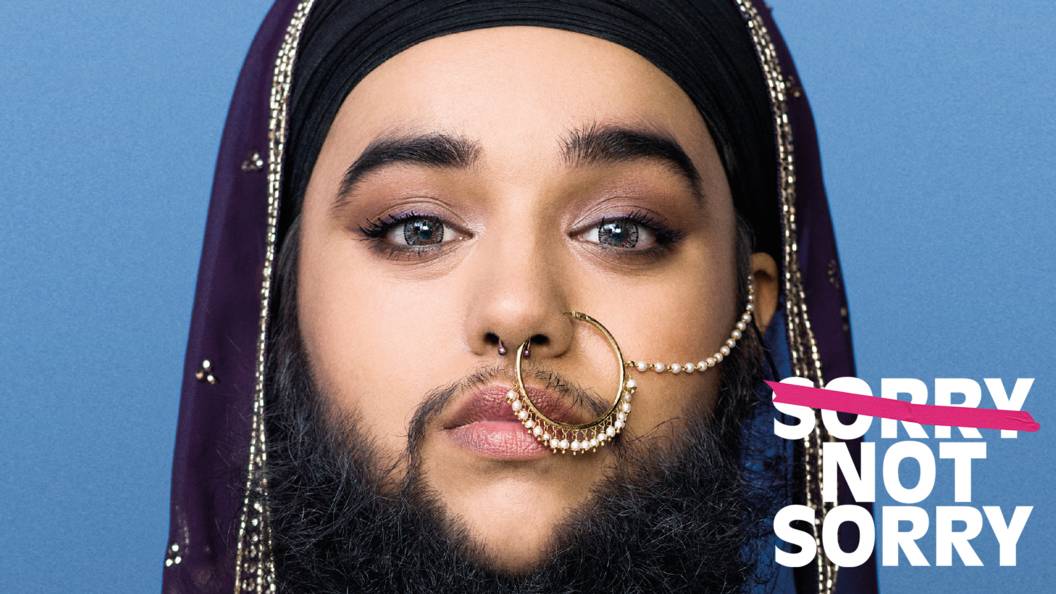Ibrahim Aminu is the creative director and founder of the design label House of Kaya, one of the 16 design labels chosen to show at the 2015 Lagos Fashion and Design Week (LFDW) Fashion Focus programme. He was also the first modest fashion brand to show at LFDW, an honor he doesn’t take light. We at the Other Style tracked him down to this design studio in Kaduna where we got him to dish on his other lesser known but far more successful stint in bespoke bridal wear, his thoughts on branding and how he navigates faith and fashion.

TOS
Lagos Fashion and Design Week is always a huge milestone, especially for Northern designers who are often marginalized. For your brand to get chosen among hundreds of designers across the country must have been huge. What was the whole experience like for you.
HOUSE OF KAYA
For starters, I’ll always say LFDW is one of the biggest fashion platforms in Nigeria. Though I have worked my ass to get here, getting to participate in the Fashion Focus program is validation for me. This isn’t my first time trying to show at the Lagos Fashion and Design Week, and getting in the way I did, was doubly special.
TOS
How has being part of the Lagos Fashion and Design Week changed perceptions of your brand?
HOUSE OF KAYA
You could say LFDW 2015 was a debutante party for my brand. It was the first time I presented my work to a larger audience, after years of working in my niche. There was a lot of feedback, both good and bad. I have tried to show at LFDW and those collections I wasn’t happy with, because they weren’t true to the aesthetic of this house.
It was great to see women of all religions and persuasions embrace House of Kaya’s aesthetic and hear that they can see themselves in your brand. And not long after a number of international brands like Dolce and Gabbana released collections specifically for the modest woman.
It made me think bigger, and realize there is a market for the House of Kaya woman outside Kaduna.
TOS
A lot of people might not know this but House of Kaya’s ready to wear line debuted at LFDW 2015, it already had a sizable, dedicated following in the bespoke bridal market. What is it like to break into the bespoke bridal market?
HOUSE OF KAYA
The bridal market is a huge market and there is a lot of money there. People want perfection on their wedding day, and that perfection a day so special in their lives is something people will pay for being able to provide them this service is how we’ve found and kept our clients. There is also the fact that Muslim brides are often ignored by conventional design labels, a lot of the bridal fashion now is either sheer or sleeveless, two trends that simply will not suffice for a Muslim bride. So we are glad to provide them a friendlier alternative.
There is nothing quite like the joy that a bride feels when she comes for her final fitting and the dress fits perfectly. Its something I will never get over, and one of the reasons I feel blessed to own a bespoke bridal service.
TOS
So now that you’ve done both; how does Bespoke bridal and all its parts differ from creating a ready to wear collection?
HOUSE OF KAYA
With Bespoke, you get that clear direct instructions from the client, and you try to work with a good idea of who the client is, which helps inform your work. With ready to wear, it’s the opposite, you create something and hope that the buyer sees your vision for her and buy into it.
TOS
Also, House of Kaya is expanding into menswear, why now?
HOUSE OF KAYA
We’re expanding the brand to serve as many people as possible but honestly, I was quite skeptical about going into menswear. If you look through our current menswear selections you’ll find that most of it are reflections of my personal style. People would see my personal clothes and badger me to find out where I got it from, so I started the menswear line partly to get them off my back.
We’re doing a little bit of accessories, a little bit of clothing. Haha, I’ll admit I still struggle with menswear.
TOS
Branding has become the new buzzword in fashion and has become almost as important as the clothes. Where do you stand on branding?
HOUSE OF KAYA
I totally agree with and honestly believe in branding. When I first started making clothes, I didn’t have a brand, so when happy clients tried to recommend me, they had problems finding a way to convey what my brand was. But once I chose House of Kaya, everything simply became much easier. Once I had a brand, it became an entity independent of me, and there was this freedom to create because now I could give a professional guarantee instead of a personal guarantee. It was no longer simply being about me.
TOS
As the founder and creative director of House of Kaya, how do you check and balance yourself. Because we’ve seen many labels crash and burn because their founders couldn’t successfully balance the creative and administrative sides of the business.
HOUSE OF KAYA
I try to stay open with my team, I ask for their input and encourage them to contribute so they can offer some feedback and influence my direction even though the decision is ultimately mine. Sometimes it’s really hard, some decisions do not sit well with my creative instincts because it feels like ‘selling out’; and other decisions are hard to make because I can tell that while it is fantastic creatively, it wont make money. I wish I had a partner to take some of the load off, but I manage, I get by.
TOS
Of recent, your brand has been referred to as a ‘modest’ fashion brand. What do you think of this?
HOUSE OF KAYA
First off, I am Muslim, so my clothes will always reflect my religion and my beliefs. House of Kaya will never not have clothes that demure and covered. This is who I am, plus I have to think of my clientele when I design. So people who refer to my brand as ‘modest’ are right, in the vaguest sense of the word.
Modesty means different things to different people, what I consider modesty is different from what House of Kaya considers modest or what the average Muslim woman considers modest. So in a way, lumping all fashion from the North as ‘modest’ fashion takes away the complexity and diversity in fashion from people like me. And that’s what I’m not sure I’m comfortable with.
House of Kaya has its own aesthetic, that aesthetic might fit into a much larger aesthetic, but we came into it through personal introspection, rather than following the bandwagon. This I think is what makes us different.

